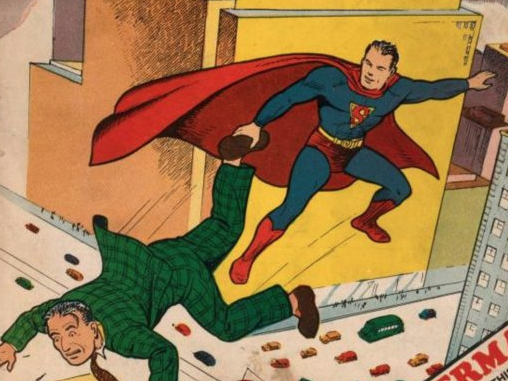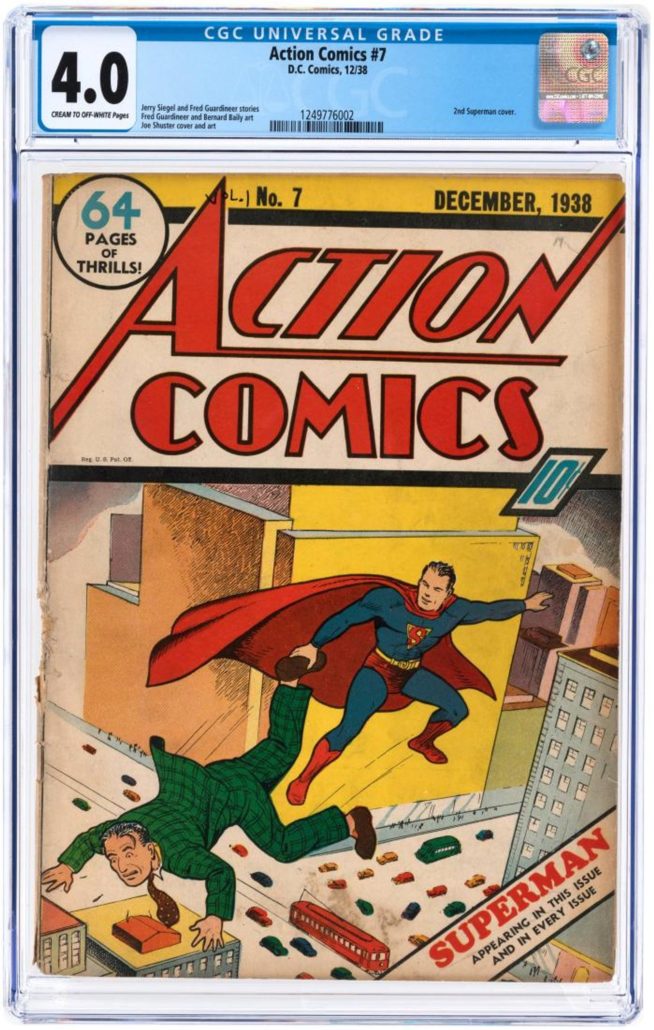
NEW YORK — Comic books aren’t just for kids. Adults seek out comic books, paying five-, even six-figure amounts for a book that originally retailed for about 10 cents. Collectors are drawn to comic books for various reasons. It could be a nostalgic trip down memory lane, recalling “tradesies” with your best friend after school; or the appreciation of the art and storylines that brought each superhero to life.
Comics books are big business and have gone mainstream, as evidenced by TV shows like Comic Book Men and The Big Bang Theory , and the May 2018 announcement that Stephen A. Geppi, founder of Geppi’s Entertainment Museum, was donating 3,000 items comic books and related artworks to a grateful Library of Congress. “The appeal of comic books is universal, and we are thrilled that this new addition to the collections will make them even more accessible to people worldwide,” said Librarian of Congress Carla Hayden in a statement.
The most desirable comic books hail from the Golden Age, spanning the late 1930s to 1950, when modern comic book publishing came into its own and flourished. The superhero as protagonist was developed around this time, with Batman, Superman, Captain America and Wonder Woman being the best known. The two biggest comic book publishers, and fierce competitors, were DC Comics and Marvel. They still battle it out today with million-dollar comics-inspired movie franchises. DC debuted Superman in 1938 while Marvel unleashed Captain America in 1941. A host of other superheroes followed.
The Silver Age of Comics, circa 1956-1970, saw comic books become increasingly artistically sophisticated and commercially successful. Characters like Spiderman, The Flash, and The Fantastic Four are some of the leaders of this period. This era was followed by the Bronze Age (1970-1985) and what is called the Modern Age of Comics.
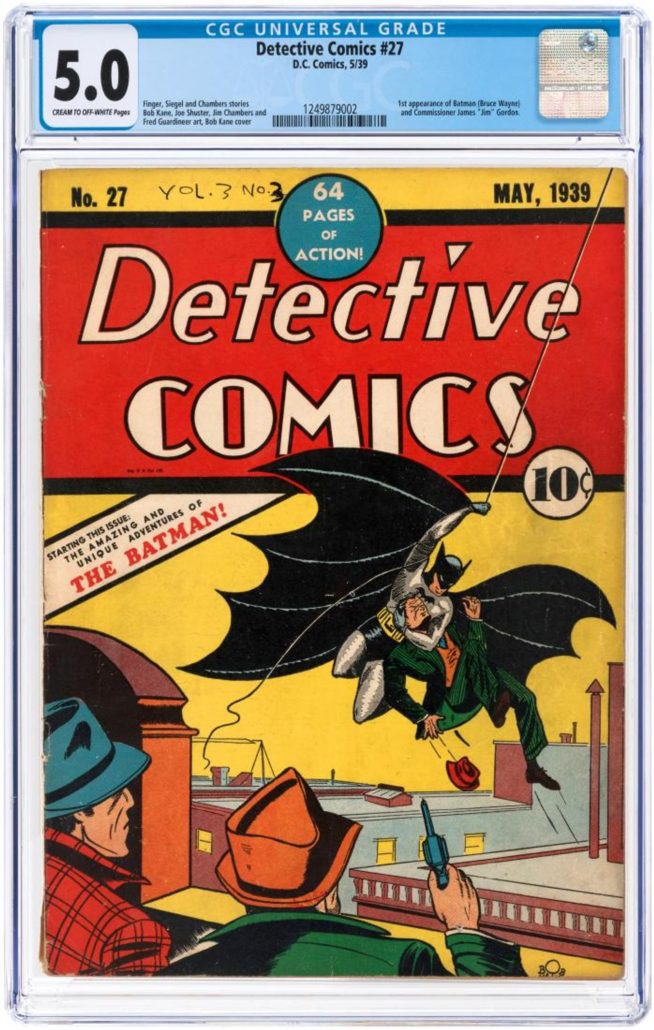
When it comes to having a serious, advanced comic book collection, there are two top must-have issues: Action Comics #1 (first appearance of Superman) and Detective Comics #27 (Batman’s debut), said Alex Winter, president of Hake’s Americana & Collectibles, York, Pennsylvania. “Those are the top two books from the Golden Age, or any era,” he said. “Other keys from this era include the first issue titled for both of those characters: Superman #1 and Batman #1 along with All-American Comics #16 (first appearance of Green Lantern). These were all published by DC Comics — DC dominates the Golden Age rarity/value chart, but two other books of note are Marvel Comics #1 and Captain America #1.”
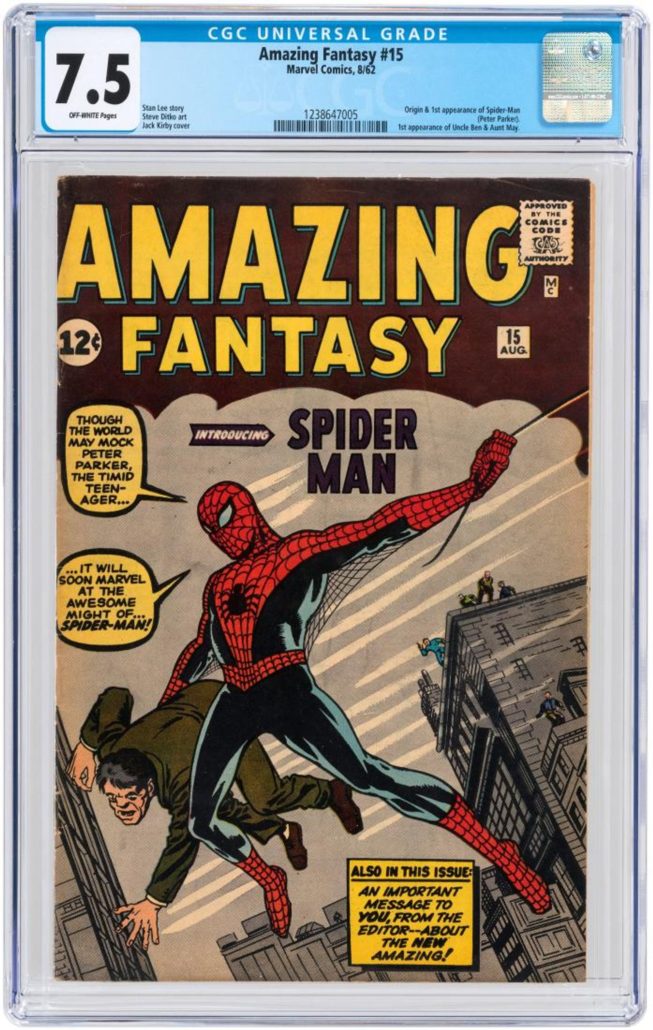
Marvel Comics dominated the Silver Age, however, Winter said. “In order of value and desirability are Amazing Fantasy #15 (Spider-Man debut), Incredible Hulk #1 and Fantastic Four #1. DC Comics keys of this era include Showcase #4 (first Silver Age Flash) and Brave And The Bold #28 (first Justice League Of America).
There are legions of superheroes in comics, but who are the most collectible? “For longevity and historical significance, Superman and Batman. You could throw in Green Lantern, Wonder Woman, The Flash and Captain America as well from the ’30s/’40s Golden Age,” Winter said. “Right on their heels are the Silver Age Marvel heroes of the 1960s like Spider-Man, Avengers and X-Men.”
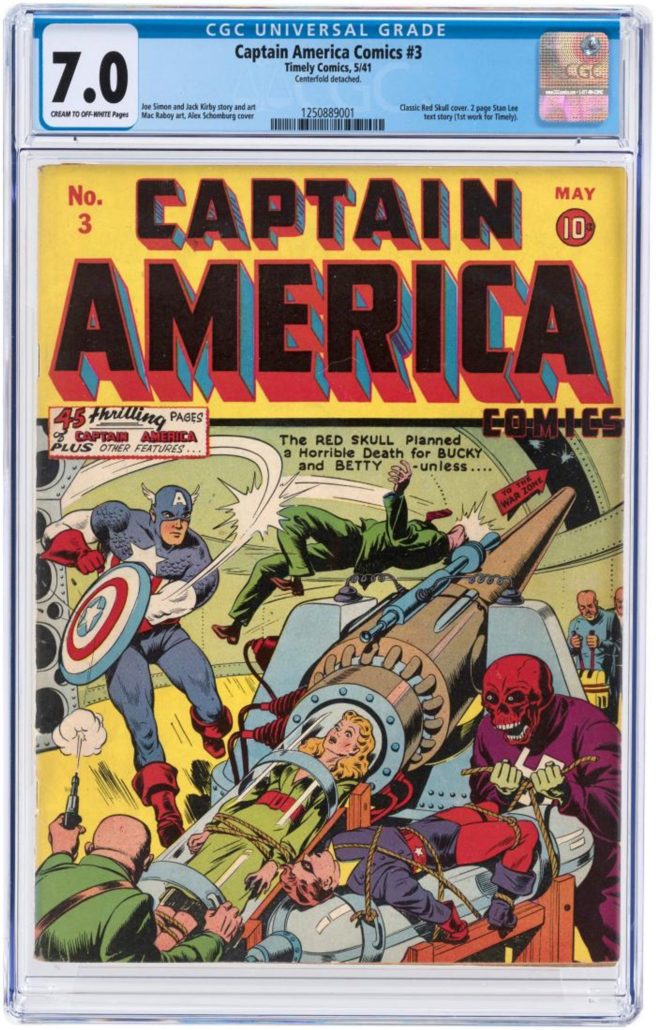
Condition trumps rarity when it comes to values. The higher the grade, the more the book is worth. Even comics with lesser values attract a premium if they are a very high grade. Other important factors are issue number and content. “First issues and first appearances of characters are paramount when it comes to value. If all of these factors are present, a key issue and in high grade, the sky is the limit to value,” Winter said.
Collecting comics is a hobby for most but many collectors pursue this as an investment. A set of parameters generally should be set from the start when collecting. Those who are more focused, at least at the start, will achieve better results. “Decide on an era you want to concentrate on or refine it even more to first issues/first appearances or a run of a single title,” Winter said. “When it comes to investing, it is always best to focus on high grade. You can never go wrong there. Typically, the higher the grade, the fewer books there are and the more that book holds its value and/or increases in value as time goes on.”
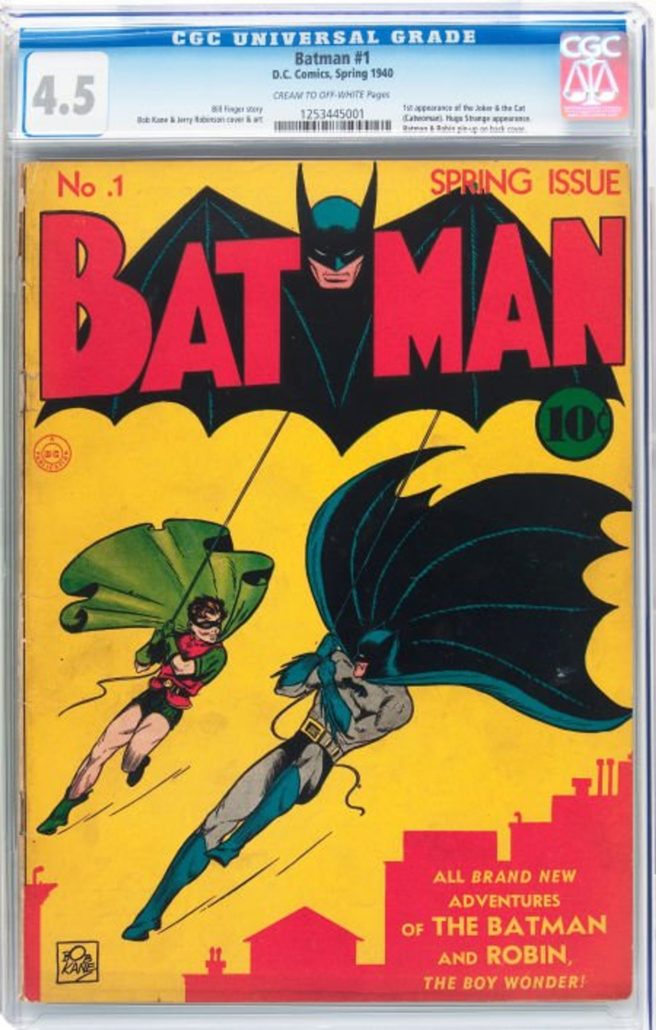
A “certified” 9.8 is a solid bet as there are few 9.9 and 10.0 copies of any book out there. The same book in 9.6 or 9.4 is still considered a high grade and in most cases would be a solid investment. Grading is best left to independent professionals such as CGC. Books commanding the highest prices at auction are those certified by CGC.
“In my opinion, a collector should always stick with what they really enjoy collecting, regardless of value. If you want to add in the investment factor, then comics are a good platform for this,” Winter said. “As with any investment there is a risk. Over the last few decades many comics have risen dramatically in value but others have peaked and fallen.”
# # #


